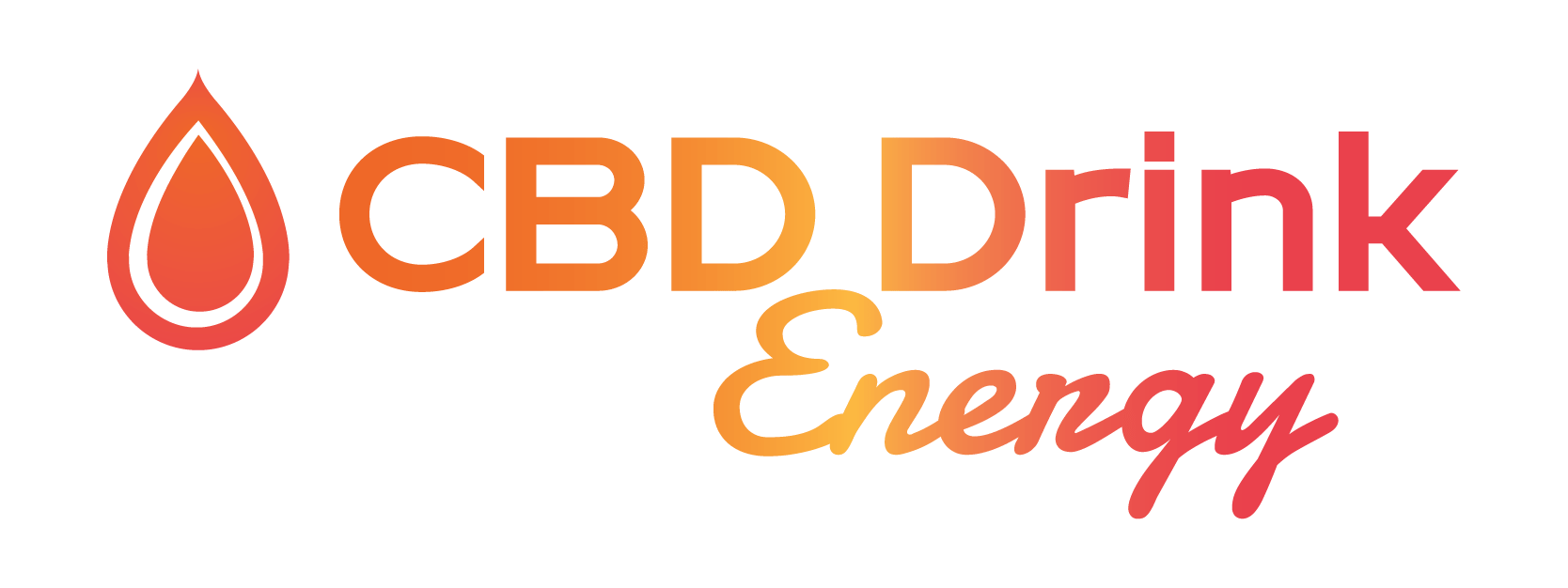In recent years the beverage market has seen a surge of so-called “CBD energy drinks,” which combine conventional stimulant-type ingredients with the cannabinoid Cannabidiol (CBD) derived from hemp. But what exactly is inside one of these drinks? We’ll explore the key components, how they work together, and what consumers should know.
CBD (Cannabidiol)
The signature ingredient is CBD, a non-intoxicating compound found in cannabis plants. Unlike the psychoactive Tetrahydrocannabinol (THC), CBD does not cause a “high.” In CBD energy drinks the dose can vary, often in the tens of milligrams per serving. For example, one brand lists 25 mg of broad-spectrum CBD per can. When included, CBD is often used in concert with other functional ingredients. Additionally, formulators sometimes need to use emulsifiers or water-soluble delivery methods, because CBD is naturally oil-soluble and does not mix readily in aqueous beverages.
Learn More: Broad-Spectrum vs Full-Spectrum: What Your Energy Drink Really Delivers
Caffeine & Traditional Energy-Drink Stimulants
Most energy drinks rely on caffeine as the primary stimulant. Typical energy-drink formulas include caffeine plus other well-used ingredients such as taurine, guarana, ginseng, and B-vitamins. In the CBD energy drink category, caffeine appears alongside CBD, sometimes at moderate levels, with the idea that CBD may help smooth out the sensation of stimulation. Some beverage developers suggest that caffeine and CBD may provide a more balanced energy boost and improved focus compared to caffeine alone.
Functional Add-On Ingredients
Beyond CBD and caffeine, many CBD energy drinks include functional ingredients: B-vitamins (B6, B12, niacin) for energy metabolism; electrolytes for hydration; adaptogens like ginseng; herbal extracts such as guarana or ginkgo. Some formulations include CBD in tandem with hemp oil, caffeine (via guarana), and herbal extracts like ginseng and ginkgo. Developers also list flavourings, sweeteners (natural or artificial), carbonated or still water, and sometimes zero-sugar formulations.
The Formulation Challenge & Bioavailability
Because CBD is oil-based, beverage makers often employ emulsification, nano- or micro-encapsulation, or water-soluble formats to enable consistent dosing and mixing. Moreover, the regulatory landscape remains unsettled: while CBD shows promise in areas such as anxiety or sleep support, research is still limited, and drinks containing CBD are not yet fully regulated as medicines.
What This Means For Consumers
A CBD energy drink offers a blend of stimulation (from caffeine and other energy-boosting ingredients) and modulation (via CBD and supplementary extracts). In theory, the consumer might get alertness without the jitters or crash sometimes associated with high-dose stimulant drinks. But the reality is more nuanced: the research on the combined effects of CBD plus caffeine remains sparse. Consumers should know the exact dose of CBD, caffeine content, and the presence of other active ingredients. Since oversight is limited, mislabelling or variability in dosage can be an issue.
In Summary
A CBD energy drink typically contains three layers: (1) the cannabidiol itself as a wellness/functional element; (2) classic energy-drink stimulants such as caffeine plus taurine/herbal extracts; and (3) a supporting cast of vitamins, adaptogens, flavour and sweetener systems, and emulsion technology to deliver the CBD. While the concept—energy plus calm—sounds compelling, consumers should approach with awareness of dosing, ingredient transparency, and scientific limits. As always, reading labels, verifying third-party testing, and checking how your body responds is wise. The formulation promises innovation; the science is evolving.
